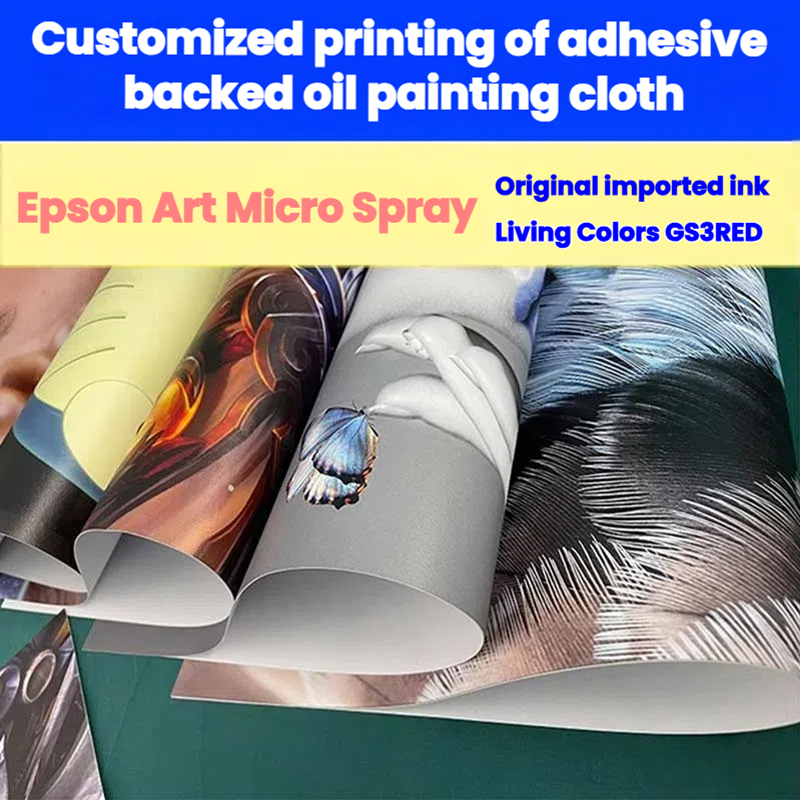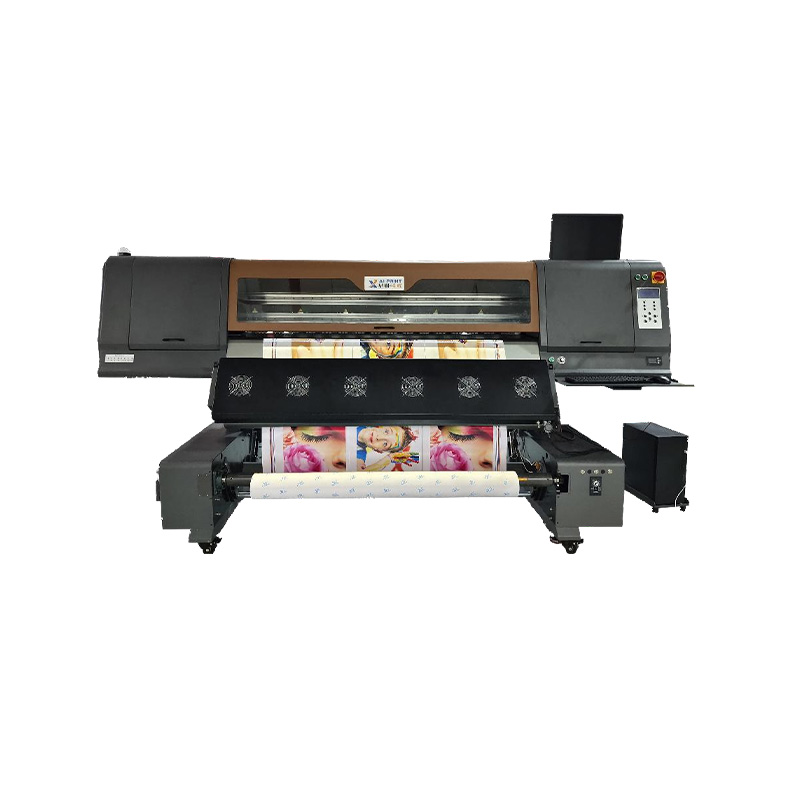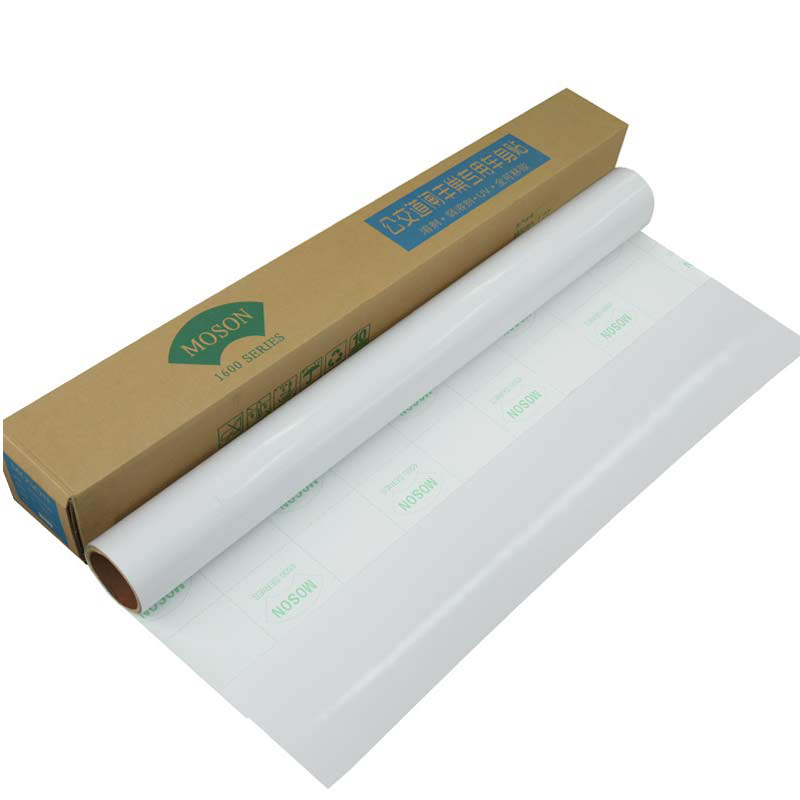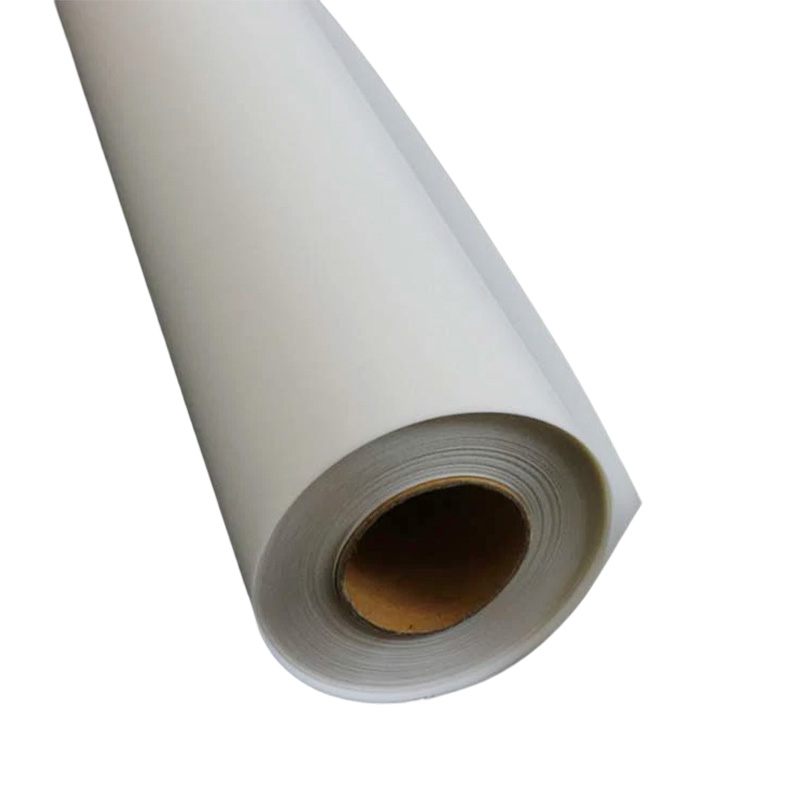How can banner ads instantly capture passersby's attention and increase brand exposure in shopping malls, trade shows, or on the street?
Release Time : 2025-10-23
In an information-overloaded urban environment, people's attention is fragmented. For brands to leave a mark in shopping malls, trade shows, or on the streets, they must quickly complete the communication chain of "seeing-recognition-remembering." Although banner ads are a traditional medium, they hold a unique position among other communication tools due to their high visibility and strong visual guidance. They don't rely on algorithmic push notifications or are limited to device screens. Instead, they project information directly into the public's eye path, becoming the first window of communication between brands and the public.
The appeal of banner ads stems primarily from their visual dominance. In a dazzling commercial space, color is the first element to be perceived. A well-designed banner, with its vibrant primary color, strong contrast, and concise, powerful brand logo, quickly stands out from the crowd. Whether it's a promotional message with yellow text on a red background or a high-end brand image with a black and gold palette, color itself is a silent call, capturing the attention of passersby from just meters away. Combined with large-font core copy—such as "New Product Release," "Limited-Time Offer," or "Free Trial"—the message is delivered directly to the heart, allowing initial understanding without requiring lengthy text reading.
Secondly, placement and scale determine whether a banner reaches people's effective field of view. A double-sided banner hung above a shopping mall atrium can be seen simultaneously by customers on multiple floors. A razor-scratched banner spanning an aisle above an exhibition creates a visual tunnel effect, guiding pedestrian flow. Banners on street poles or lampposts take advantage of their height, breaking through visual obstructions and becoming visual anchors in the flow of people. These placement strategies allow banner ads to naturally blend into the flow of movement, ensuring that target audiences engage with them whenever they walk, pause, or look up. A sufficiently large image size ensures readability from a distance, ensuring that even a quick glance leaves an impression.
The choice of material also subtly enhances the quality and credibility of the advertisement. The crisp, windproof and sun-resistant surface of scraped fabric is suitable for long-term outdoor use, conveying a sense of stability. Double-sprayed fabric, with the same color on both sides, is suitable for hanging in atria, enabling seamless display. Adhesive-backed posters adhere to glass curtain walls or display cabinets, creating a refined, printed effect and enhancing the brand's identity. Different material languages correspond to the temperament of different scenarios, making the ads not only visible but also understandable—consumers can discern whether the brand's positioning is affordable or high-end through the texture of the materials.
Furthermore, the immediacy and contextual integration of banner ads further amplify their effectiveness. At an exhibition, a banner reading "Scan the QR code to receive a sample" can directly drive engagement and conversions. During a shopping mall's anniversary celebration, a giant promotional banner hung above an escalator creates a festive atmosphere and stimulates consumer spending. At a street charity event, a simple banner with a heartwarming message can also resonate emotionally. It's not just a carrier of information; it's also a shaper of ambient mood. By precisely matching content with context, brand messaging naturally blends into the current situation, reducing resistance and enhancing acceptance.
Ultimately, the success of banner ads lies not in how many people they reach, but in whether they strike that "first glance" moment at the right time, in the right place, and with the right method. They don't strive for in-depth reading, but rather for that first impression that etched a lasting impression. While people might not remember every detail of a space, a striking banner often leaves a tinge of color, a symbol, or a slogan in their minds. It's this simple and direct power that makes banner ads so irreplaceable in the digital age—they don't chase attention; they proactively engage it, earning a place for brands amidst the clamor.
The appeal of banner ads stems primarily from their visual dominance. In a dazzling commercial space, color is the first element to be perceived. A well-designed banner, with its vibrant primary color, strong contrast, and concise, powerful brand logo, quickly stands out from the crowd. Whether it's a promotional message with yellow text on a red background or a high-end brand image with a black and gold palette, color itself is a silent call, capturing the attention of passersby from just meters away. Combined with large-font core copy—such as "New Product Release," "Limited-Time Offer," or "Free Trial"—the message is delivered directly to the heart, allowing initial understanding without requiring lengthy text reading.
Secondly, placement and scale determine whether a banner reaches people's effective field of view. A double-sided banner hung above a shopping mall atrium can be seen simultaneously by customers on multiple floors. A razor-scratched banner spanning an aisle above an exhibition creates a visual tunnel effect, guiding pedestrian flow. Banners on street poles or lampposts take advantage of their height, breaking through visual obstructions and becoming visual anchors in the flow of people. These placement strategies allow banner ads to naturally blend into the flow of movement, ensuring that target audiences engage with them whenever they walk, pause, or look up. A sufficiently large image size ensures readability from a distance, ensuring that even a quick glance leaves an impression.
The choice of material also subtly enhances the quality and credibility of the advertisement. The crisp, windproof and sun-resistant surface of scraped fabric is suitable for long-term outdoor use, conveying a sense of stability. Double-sprayed fabric, with the same color on both sides, is suitable for hanging in atria, enabling seamless display. Adhesive-backed posters adhere to glass curtain walls or display cabinets, creating a refined, printed effect and enhancing the brand's identity. Different material languages correspond to the temperament of different scenarios, making the ads not only visible but also understandable—consumers can discern whether the brand's positioning is affordable or high-end through the texture of the materials.
Furthermore, the immediacy and contextual integration of banner ads further amplify their effectiveness. At an exhibition, a banner reading "Scan the QR code to receive a sample" can directly drive engagement and conversions. During a shopping mall's anniversary celebration, a giant promotional banner hung above an escalator creates a festive atmosphere and stimulates consumer spending. At a street charity event, a simple banner with a heartwarming message can also resonate emotionally. It's not just a carrier of information; it's also a shaper of ambient mood. By precisely matching content with context, brand messaging naturally blends into the current situation, reducing resistance and enhancing acceptance.
Ultimately, the success of banner ads lies not in how many people they reach, but in whether they strike that "first glance" moment at the right time, in the right place, and with the right method. They don't strive for in-depth reading, but rather for that first impression that etched a lasting impression. While people might not remember every detail of a space, a striking banner often leaves a tinge of color, a symbol, or a slogan in their minds. It's this simple and direct power that makes banner ads so irreplaceable in the digital age—they don't chase attention; they proactively engage it, earning a place for brands amidst the clamor.







